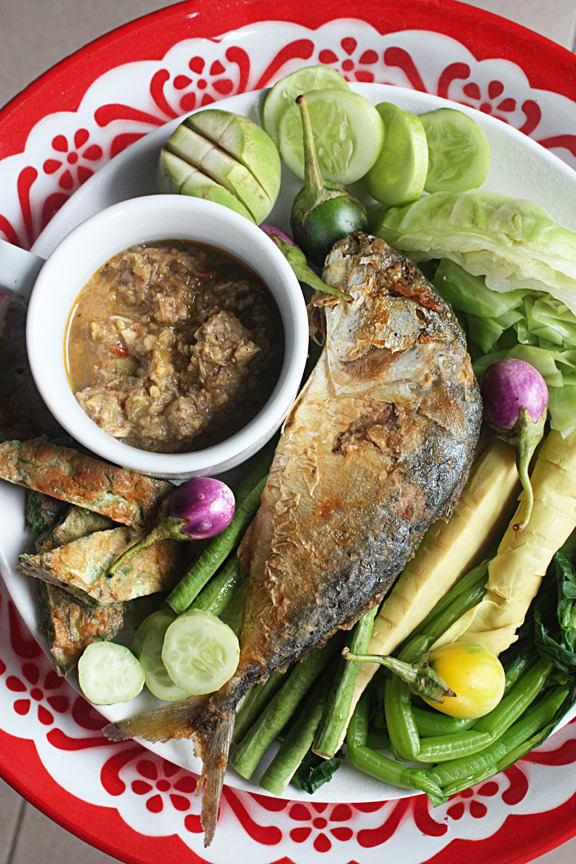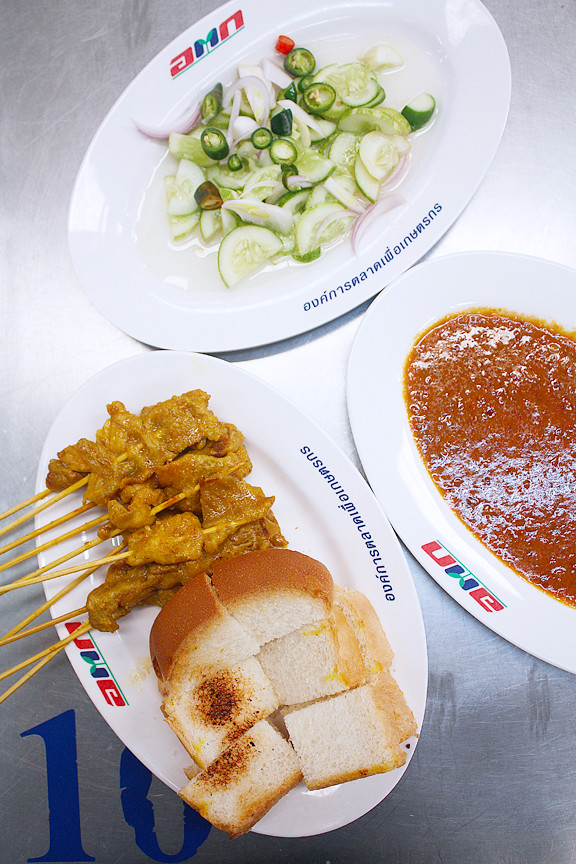
Relish. Dip. Whatever you call it, Thai nam prik (น้ำพริก RTGS: nam phrik), in my opinion, has remained the most mysterious type of Thai food among foreigners. And I don’t blame them. Thai restaurants outside Thailand, except those that cater primarily to Thai expats, don’t have relishes on their menus, so those whose exposure to Thai food is solely through their local Thai restaurants can forget about this. Those who know Thai food through street or restaurant foods on their brief visits to Thailand usually don’t know about dishes in this category to even look for them.
I’ll even go as far as saying that even foreign expats who have lived in Thailand for years, except for the most adventurous few, barely scratch the surface when it comes to their knowledge and experience of Thai nam prik dishes. And those who live with Thai people? Well, I have periodically received emails from Thai readers asking for advice on what to do to get their non-Thai spouses to go anywhere near these relishes (like I have any clue how to do that …).
But it doesn’t matter. If you’re a Thai food enthusiast, it will benefit you greatly to be familiar with dishes in the nam prik category. Even if you try some of these and end up hating every single one of them (nothing wrong with that), at least just knowing about them and how they roll will increase your understanding of Thai cuisine exponentially.
Why are relishes so important? Let’s see if I can convince you with the following reasons: Continue Reading →












